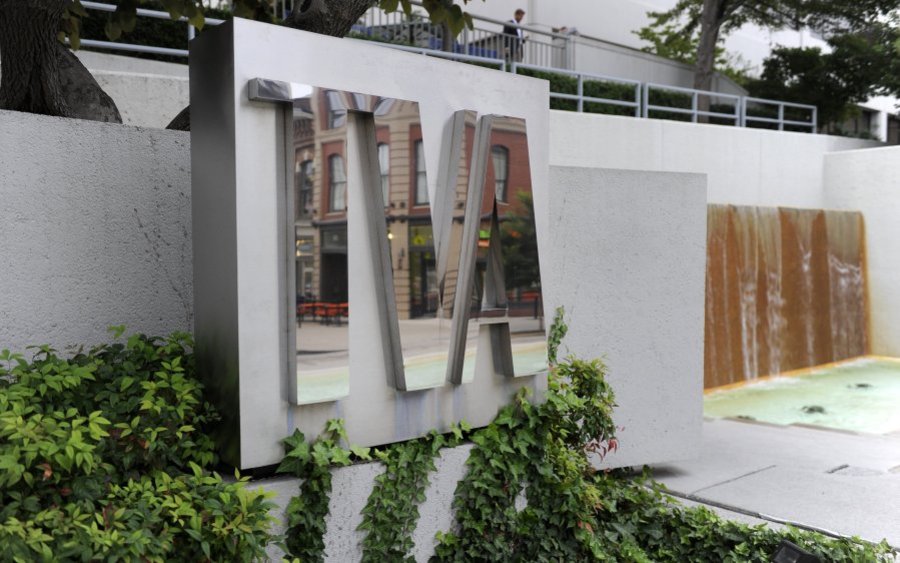After revamping its pricing structure four years ago for the first time in two decades, the Tennessee Valley Authority is again preparing to alter the way it prices the electricity it produces.
The latest change, which will be implemented in October, will continue TVA's attempt to better reflect how the cost of generating power fluctuates depending on the time of day and year.
Read more
* TVA: Rate discounts for industry spur huge investments in Tennessee Valley
In 2011, TVA replaced its previous end-use pricing schedule that charged customers simply on how much energy they consumed each month. In its place, TVA adopted a demand-and-energy pricing system that sets prices based both on how much power is consumed and when it is consumed.
TVA is giving a required six-month notice to its local power companies that it will again modify its pricing schedules when the TVA board adopts a new budget in August for fiscal 2016.
"We want to better match the costs of generation with its price," said Dan Pratt, vice president of pricing and contracts at TVA. "We've been meeting with customer groups over the past two and a half years to work on getting agreement on the cost of service and how we should tweak the changes we adopted in 2011. Customer input has been factored into the process at every step."
The collaborative process should help lessen the friction between TVA and its distributors over the price changes.
"We've spent a great deal of time trying to reach a consensus," said Jack Simmons, executive director of the Tennessee Valley Public Power Association, the Chattanooga-based trade group for the 155 municipalities and power coops that distribute TVA power. "Not everyone may be totally happy with the end result, but this has been better process for our members than in the past with some other rate changes that have been made."
The new Strategic Pricing Plan is designed to provide more clarity on TVA's long-term direction for seasonal, interruptible and time-of-day pricing. New technologies with smart meters are allowing more customers to manage not only how much energy they consume but when they use power.
The cost of power gets more expensive to TVA when consumption rises and TVA has to turn to less efficient sources, such as combustion turbines or the oldest coal-fired units.
TVA gets nearly 10 percent of its power at virtually no cost from hydroelectric generating stations at its 29 power-producing dams on the Tennessee River and its tributaries. But as demand goes up, the marginal cost of power gets more expensive as TVA turns on less efficient generators or has to buy more expensive power on the grid to meet the higher demand.
Pricing signals that help to levelize TVA's load and trim its expensive peak demands would help both TVA and its customers.
Pratt said the price changes are designed to be more flexible for changing markets, predictable and consistent to drive customer investment confidence and sustainable for the most efficient use of TVA resources.
A comprehensive cost of service study was conducted to help shape the new rates.
TVA will bring a recommended long-term plan before the TVA board for a vote in August 2015. If approved, the plan will be effective on Oct. 1.
"We want to make sure that we are in the right place for cost of service and to make sure that our base charge is covering our fixed costs in a fair and appropriate way," TVA President Bill Johnson said.
Industrial customers have complained that TVA is no longer as competitive as it once was with its electricity prices compared to other utilities in the South. While TVA rates remain below the U.S. average, other Southern utilities have offered better rates, in some circumstances, than those of TVA.
"We want each class to pay the cost that they are imposing on the system," Johnson said. "We know empirically that our rates are top decile (in 10 percent best for customers) overall in the country, but we also know we also are in the most competitive neighborhood," Johnson said. "I would say right now that we are competitive in this region, but we are not the low cost provider."
Keeping major customers is key since TVA estimates about two thirds of its power costs are fixed -- that is, they don't go up and down as power consumption rises or declines.
"When you lose a large industrial customer and power user, that makes the price of everybody else's power go up," Johnson said. "This is a high fixed cost business -- about 67 percent of our costs are fixed. So if you lose a customer or a load, the best you can do reduce the costs they were imposing by 33 percent. That fixed cost has to go somewhere to be recovered so if you lose a customer, everybody's else share of those fixed costs go up."
Contact Dave Flessner@timesfreepress.com or at 757-6340.

